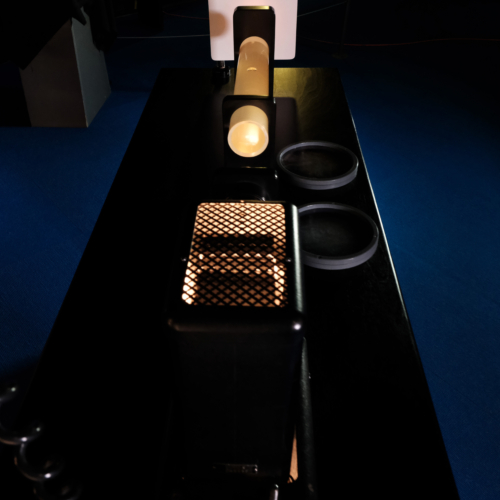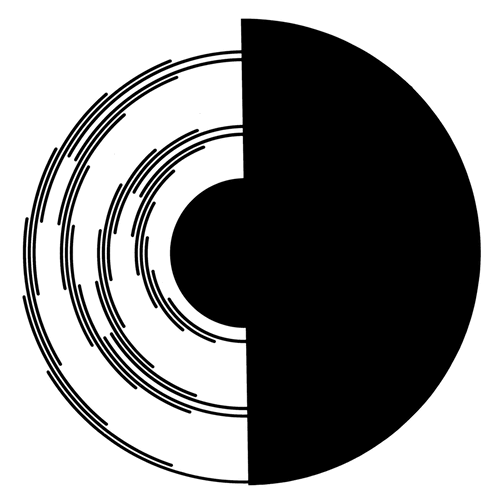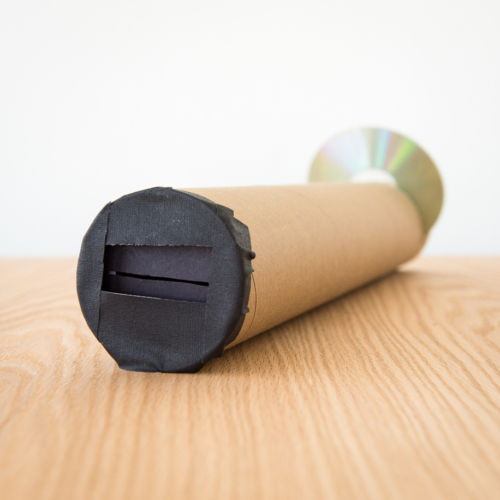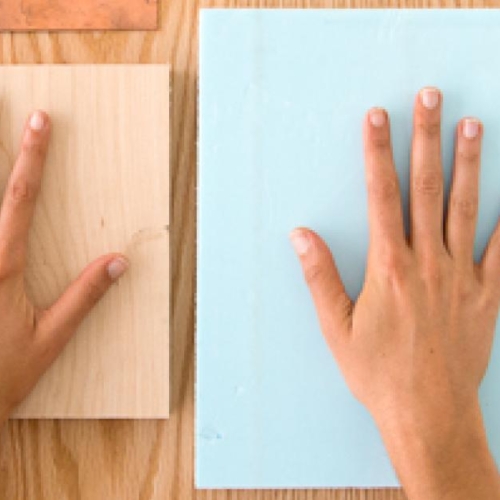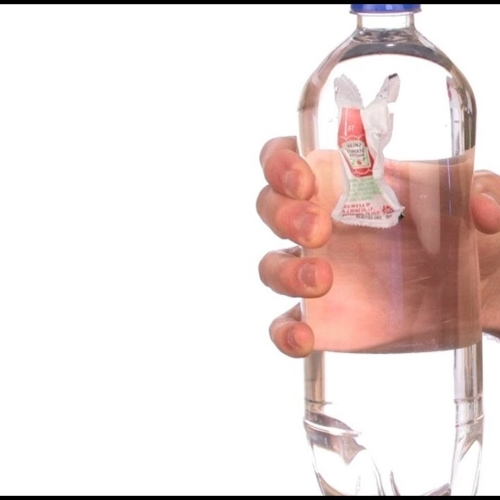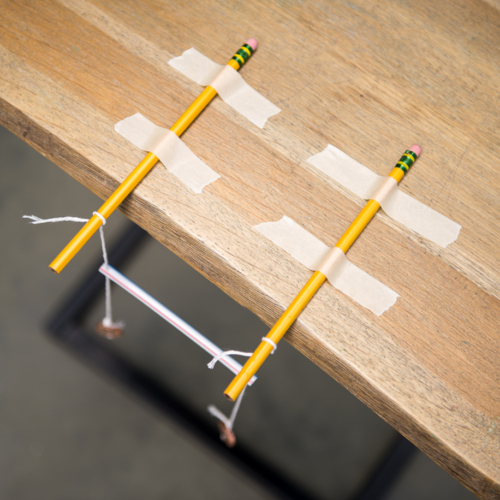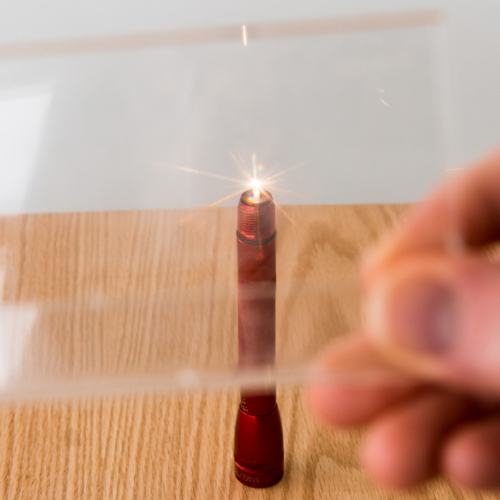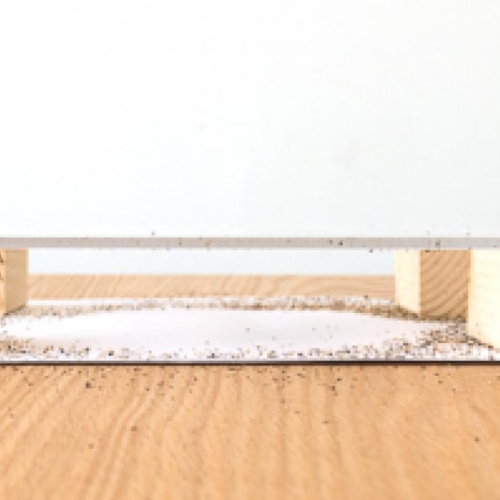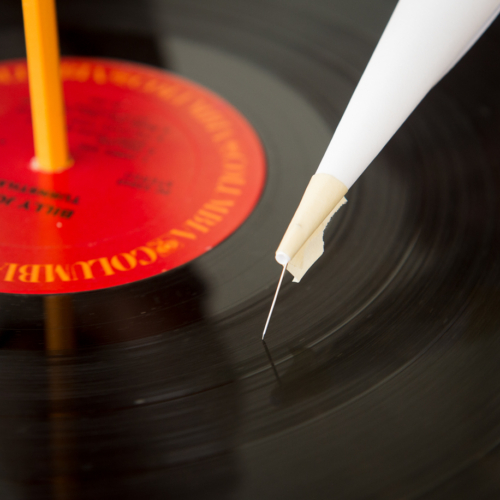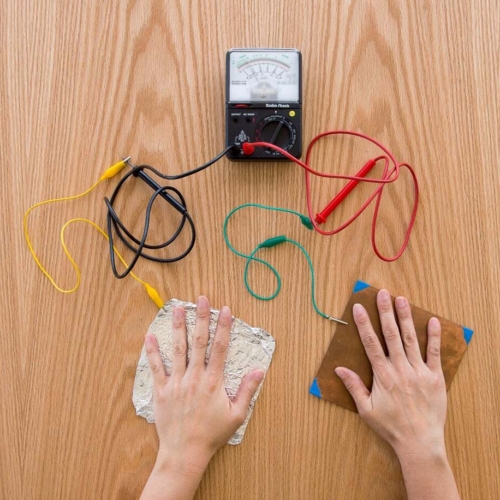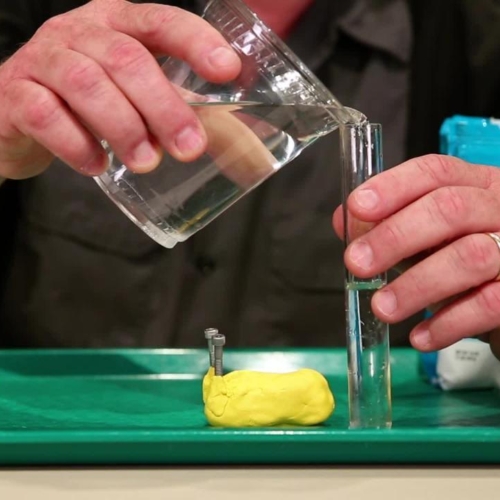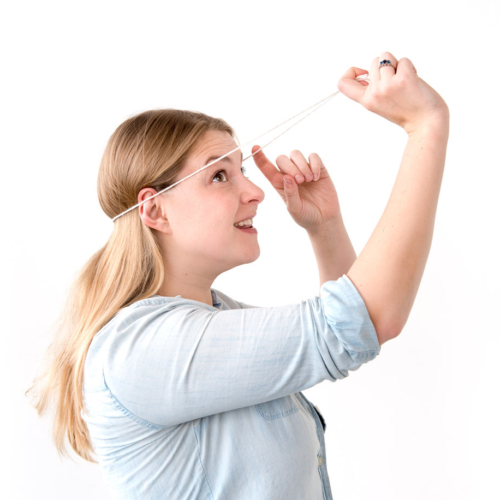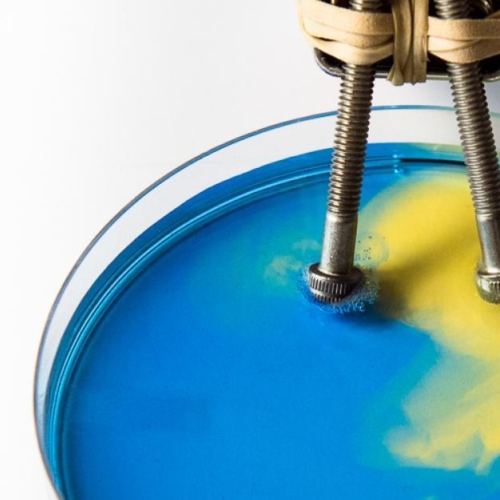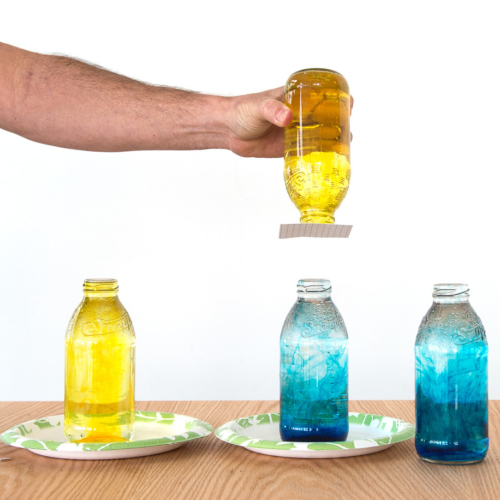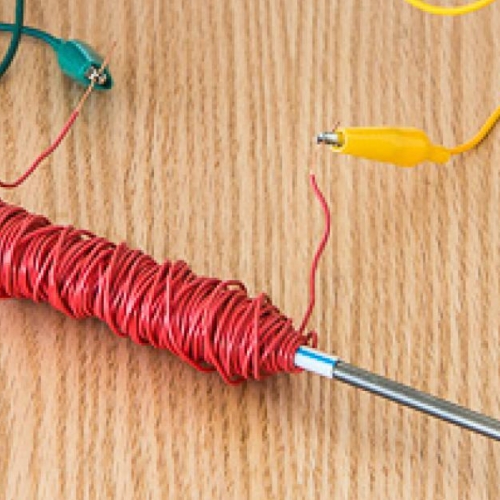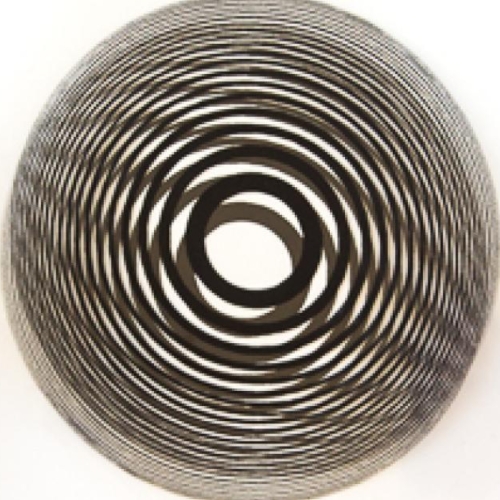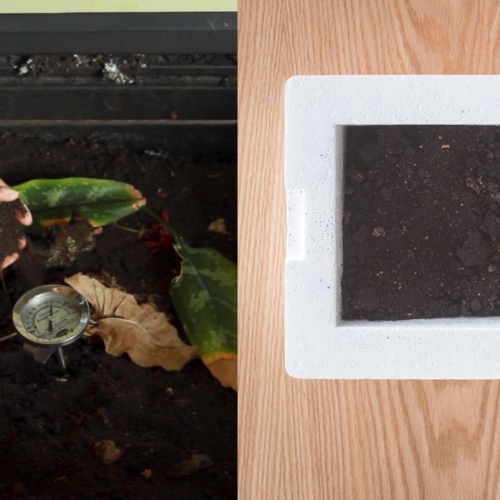Glue Stick Sunset
Why is the sky blue? That's a sticky question.
Model the scattering of light by the atmosphere—which makes our sky appear blue and our sunsets red—by shining a flashlight through clear hot-glue sticks.


- Mini Maglite or penlight (a regular flashlight can also be used, but its larger beam of light won't work as well)
- Two to four hot-glue sticks (Note: these must be the clear kind used in glue guns!)
- White background (paper, wall, or cloth)
- Clear tape
- One polarizing filter
None needed.
Hold the Mini Maglite or penlight close to one end of a hot-glue stick so the light shines through the glue stick. Notice that the end of the glue stick closer to the light is a different color than the other end—it appears whiter while the far end appears yellower. Placing the glue stick over a uniformly white or grey background will help you see the colors if you're having trouble.
Place two hot-glue sticks end to end, and attach them together with the clear tape. Repeat the investigation with the Mini Maglite, and notice any difference in the colors along the glue sticks. Continue to attach more glue sticks with the clear tape, and notice the changes in color and intensity along their overall length. Notice that the scattered light becomes redder and dimmer along the total length of the taped-together glue sticks.
The Mini Maglite emits white light. The glue stick scatters blue light out of the Mini Maglite's beam slightly more than it scatters yellow or red light. This make the end of the glue stick nearest the Mini Maglite appear bluish-white while the other end appears yellow or yellow-orange. As you join the glue sticks together to increase their length, more blue light is scattered away and the far end of the lengthened glue sticks changes to an orange color.
The glue-stick scattering model offers a demonstration of why the sky is blue and sunsets are red. The sky is blue because blue light is most readily scattered from sunlight in our atmosphere, just as blue light was most readily scattered from white light in the glue sticks. If blue light was not scattered in the atmosphere, the sun would look a little less yellow and a little more white, and the sky would not be blue.
At sunset the sun is low—near the horizon—and light travels through a greater thickness of atmosphere before reaching your eyes than it does when the sun is higher in the sky. Just as the light traveling along the glue sticks got redder as the length of the glue-stick path got longer, so the sunset appears red when the atmospheric path through which the sunlight travels gets longer. The scattering that produces red sunsets may be enhanced by pollution or other atmospheric conditions.
